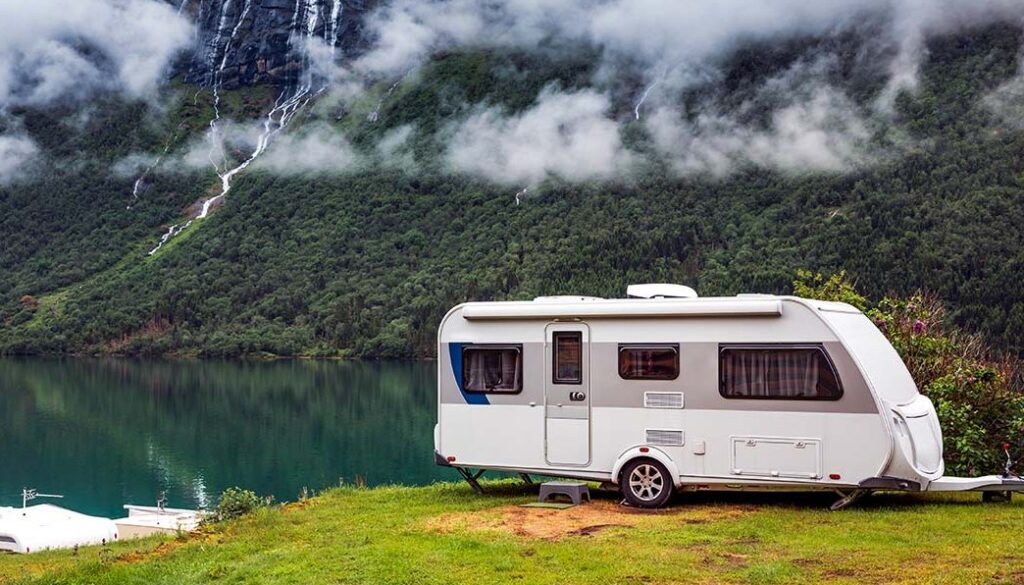TRAVEL: Caravan Towing Tips
Families looking to take advantage of the long August Bank Holiday weekend have been offered eight caravan towing tips
Motoring experts LeaseCar.uk have revealed eight caravan towing tips to ensure new van-owners, and old, stay safe and legal when on UK roads.
Advice includes ensuring all safety equipment is correctly fitted before setting off, such as extended mirrors and correct registration plates.
Being aware of other road users and pulling over when safe will help stop any aggressive driving behaviour shown towards you.
A spokesperson from LeaseCar.uk said: “Many people think that towing a caravan or trailer just means connecting it to the car and setting off.
“However seasoned caravan owners know that the holiday doesn’t start until you’ve made it to your destination safely.
“Brits need to adapt their driving style to ensure they keep themselves and other road users safe when towing.”
These are LeaseCar.uk ’s towing tips:
1. Speed limits
Cars towing caravans or trailer have a top speed limit of 10mph less than the normal limit. Their top speed is 50mph on single carriageways and 60mph on dual carriageways and motorways.
2. Tow Bar
There are several different types of tow bars available on the market. Ensure that the one you use is approved for your vehicle.
3. License
Ensure you hold the right towing license to keep yourself out of trouble. If you passed your test before 1997 you can tow a caravan or trailer up to a combined weight of 8,250kg. If you passed in or after 1997, you can tow a trailer weighing up to 750kg with a combined weight of up to 3500kg. If you plan to tow anything heavier you’ll need to take a towing test.
4. Extended mirrors
When you’re towing it means that you can’t see behind you with your regular wingmirrors. A pair of extended wingmirrors should be purchased and attached before you start your journey. These will help avoid potential danger and a fine or points on your driving licence.
5. Don’t overload
The gross train weight of a vehicle, which can often be found on the vehicle identification number under the bonnet or inside the driver’s door, is the weight of a loaded car and loaded trailer put together and must not be exceeded.
6. Display your plates
The registration plates displayed on both your car and caravan must match up and have the same standards. They should have readable fonts and be lit when travelling at night.
7. Pull over
If due to your slower driving, you have a large amount of traffic starting to queue up behind you, when you find a safe space pull over and let them pass.
8. Snaking
Although it can be tempting to break when you feel your caravan starting to sway or affect the stability of the car, this should be avoided. Instead, take your foot off the accelerator and allow the vehicle to slow down naturally.

